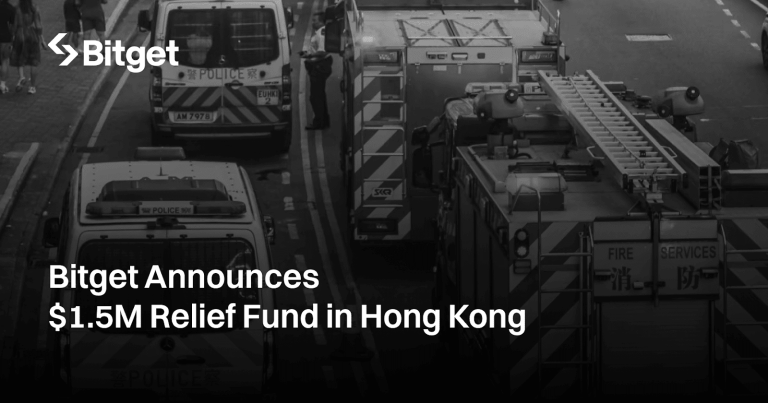
“`html
Introduction to Smart Cities
Smart cities represent a convergence of technology and urban planning, aimed at improving the quality of life for residents while enhancing the efficiency of city operations. As we look towards 2025, several key trends are emerging that will define the future of urban environments.
Technological Innovations
Advancements in technology are at the heart of smart city development. From IoT devices to AI-driven analytics, cities are leveraging technology to create interconnected systems that enhance public services. For instance, smart traffic management systems can reduce congestion and improve air quality.
Internet of Things (IoT)
The IoT connects various devices within the urban infrastructure, enabling real-time data collection and analysis. This connectivity allows for smarter resource management, from energy consumption to waste disposal.
Artificial Intelligence (AI)
AI technologies are being integrated into city services, allowing for predictive analytics that can preemptively address issues like traffic jams or utility outages. By 2025, we expect to see AI playing a crucial role in urban management.
Sustainability Initiatives
With climate change at the forefront of global concerns, sustainability is a major focus for future urban development. Cities are implementing green technologies and practices to minimize their carbon footprint. For more insights, check out Sustainable Living: Emerging Trends for 2025.
Renewable Energy Sources
Smart cities are increasingly adopting renewable energy solutions such as solar and wind power. This shift not only reduces reliance on fossil fuels but also promotes energy independence.
Green Spaces
Urban planners are prioritizing the creation of green spaces to enhance biodiversity and improve residents’ well-being. Parks, green roofs, and urban gardens are becoming essential components of city design.
Mobility and Transportation
The future of urban mobility is set to evolve dramatically with the integration of smart technologies. Autonomous vehicles, electric public transport, and shared mobility solutions are reshaping how residents navigate their cities.
Smart Public Transport
Public transportation systems are leveraging technology to provide real-time updates and improve accessibility. Cities are investing in electric buses and trains to reduce emissions and enhance efficiency.
Walkable Cities
Creating walkable urban environments is essential for reducing traffic congestion and promoting healthier lifestyles. By 2025, we expect to see more pedestrian-friendly infrastructure as cities prioritize foot traffic and cycling.
Conclusion
As we approach 2025, the evolution of smart cities will be driven by technological advancements, sustainability initiatives, and innovative transportation solutions. By embracing these trends, urban areas can create more livable, efficient, and resilient environments for their residents. For more on the future of urban environments, explore The Evolution of E-commerce by 2025.
“`





